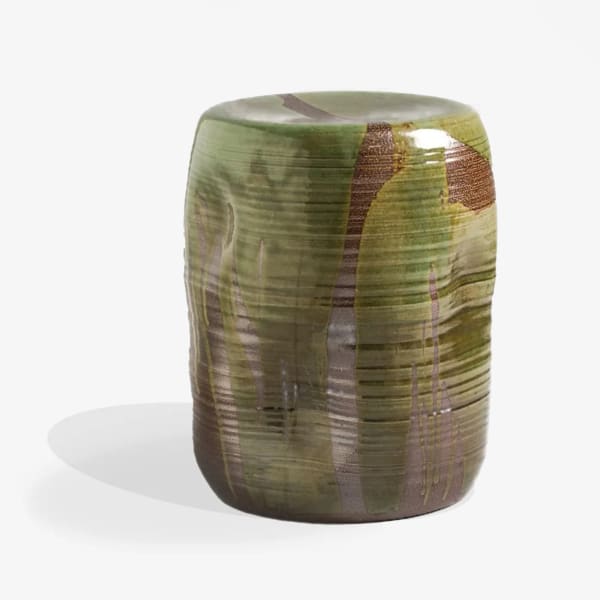-

Zoe Benbow
-

Ali Bassett
-

Maibritt Ulvedal Bjelke
-

Susan Bleakley
-

Adam Bridgland
-

Joseph Bull
-

Ed Burkes
-

Mark Charlton
-

Merlyn Chesterman
-

Danielle Creenaune
-

Emily Crookshank
-

Pacha Design
-

Ian Fenton
-

Maria Floyd
-

Simon Gaiger
-

Adam Halls
-

Peter Hayes
-

Ash Holmes
-

Adrian Holmes
-

Bernard Irwin
-

Wil Jansen
-

Lee Johnson
-

Nick Jones
-

Joni Sternbach
-

Kristen McClarty
-

Henny van der Meer
-

Marina Nimmo
-

John O'Carroll
-

Jynsym Ong
-

Pine Feroda
-

Julie Poulsen
-

Lisa-Marie Price
-

Trevor Price
-

Chris Prindl
-

Marie José Robben
-

Yvonne Robert
-

Rod Nelson
-

Matt Smith
-

Jelena Sredanović
-

Jack Tierney
-

Jouni Toni
-

Daniel Turner
-

Hannah Walsh
-

Grant Watson
-

Amy Wright
-

Andrea Zvadova













































